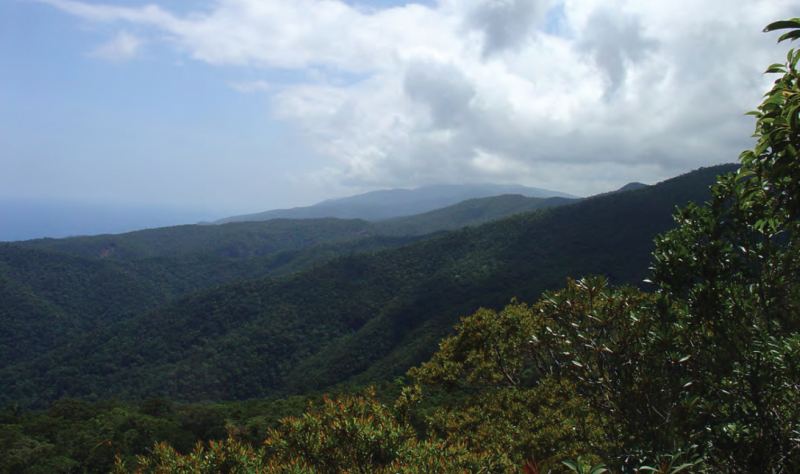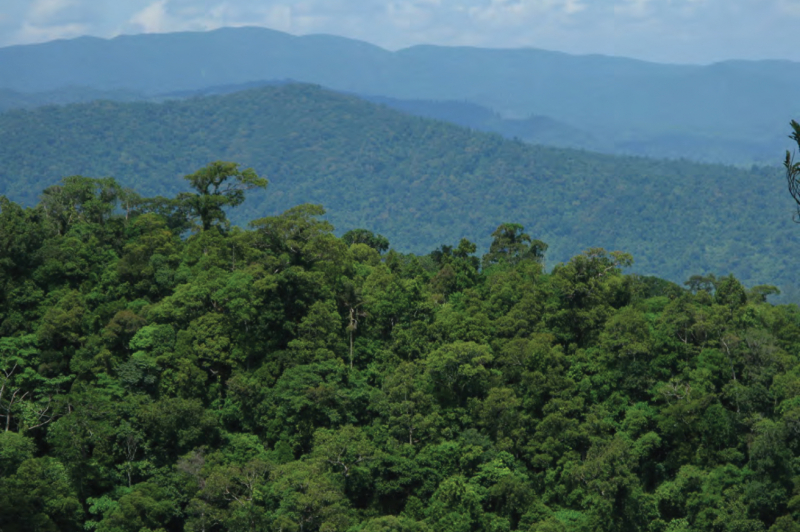Sierra Madre National Park
The Sierra Madre is the country's longest mountain range. It also has the Philippines' largest tract of primary forest. It reaches all the way from the southern provinces to the northern tip of mainland Luzon. The Northern Sierra Madre Natural Park, a section of the range, is on UNESCO's tentative list of World Heritage Sites. It is home to a diverse range of endemic flora and fauna. Various indigenous groups live in various parts of the Sierra Madre. They have lived in harmony with their natural environment for centuries.
The park is regarded as the richest in the Philippines in terms of genetics, species, and habitat diversity. It is regarded as one of the most important protected area systems in the Philippines due to the abundance of rare and endangered flora and fauna that it protects. The Philippine eagle, the giant golden-crowned flying fox, the Philippine eagle-owl, the Isabela oriole, the green sea turtle, the loggerhead sea turtle, the hawksbill sea turtle, the Philippine crocodile, and the dugong are among them. It also serves as a breeding ground for the green-faced parrotfinch and the Northern Sierra Madre forest monitor. The park is also home to many endemic plant species. It straddles two ecoregions. The Luzon rain forests extend from sea level up to 1000 meters elevation and are characterized by various species of tall, straight, and slender trees of the family Dipterocarpaceae. The Luzon montane rain forests include areas above 1000 meters elevation, and the predominant trees are oaks and laurels. The park is home to various orchids such as Dendrobium aclinia, the leguminous plant millettia, and species of citrus (Aurantioideae).
Location: 833P+2FV, Ilagan, Isabela












